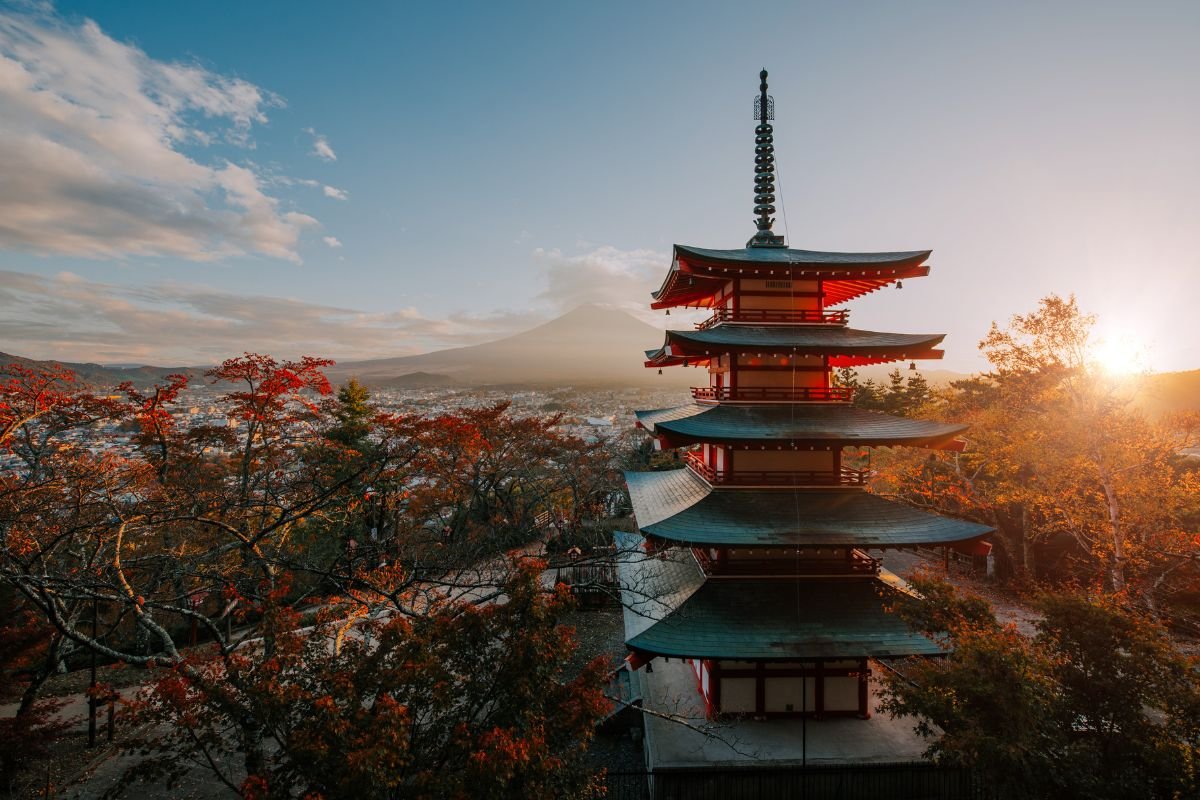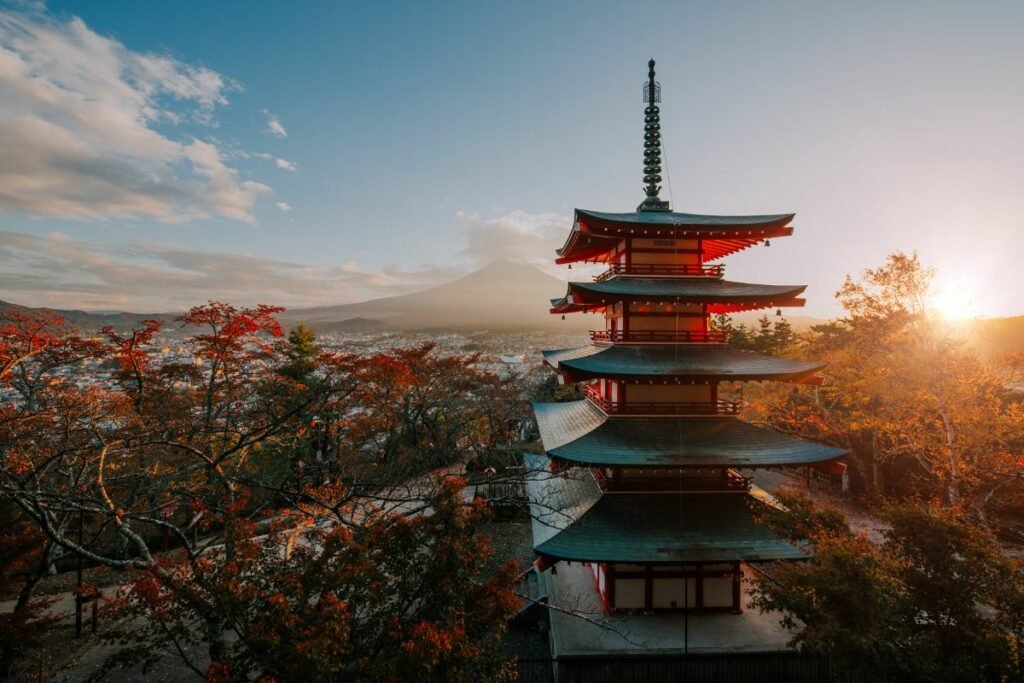Japan is a large island nation on the edge of the Pacific Ocean. Even its closest neighbor, South Korea, isn’t really that close, being almost 500 miles away.
This, combined with the fact that the seas of Japan are subject to highly volatile and unpredictable weather conditions, means that Japan has, historically, been quite difficult to conquer.

However, that doesn’t mean people and nations haven’t tried. Many have made the journey to Japan and, likewise, there have been many instances where Japanese rulers have made an invasion plan for countries on the mainland.
Perhaps the most famous example of an invasion of Japan was done by the Mongol rulers. However, the period in which the Mongols ruled large swathes of the world’s landmass was a long one.
So, when did the Mongols invade Japan? Was it successful? In this article, we seek to find this out.
Who Were The Mongols?
The Mongols were a group of people who originated in what is now modern Mongolia as a collection of clans and rival chiefdoms.
They fought with each other and the other inhabitants of the steppe area – mainly the Keraites and the Tatars – for control of this area’s limited resources.
Eventually, the Mongols, under their leader Temujin, better known as Genghis Khan (or Great Khan), conquered the other tribal alliances in the area and reformed themselves and their military, becoming a dominant and great power in 1206.
The Mongol military originally consisted of the horse archers and horse lancers of the original clans, which consistently outmatched their opponents in speed and maneuverability.
The military was flexible and well organized with conquered peoples being pressed into service, bolstering the Mongol’s military might with specialized troops from defeated peoples.
This system and the tactical brilliance of their rulers meant that the Mongols quickly expanded their empire to the point where it became the largest land empire the world has ever seen.
Ruling from Central Europe and Turkey in the west to China and Korea in the east, the impact of the empire is still felt to this day, despite its relatively short existence.
The empire eventually fractured into smaller successor states, with Mongke Khan being the last ruler of the whole empire. One of these successor states was the Yuan dynasty that ruled China until 1368.
Northern China has been under the control of the Mongol Empire since 1206, but in 1271 Kublai Khan proclaimed himself emperor of all China in the Chinese traditional sense and launched an invasion of the Southern Song dynasty.
The war ended with the defeat of the Song in 1279, thus giving control of China over to the new Mongol dynasty, the Yuan.
When Did They Invade Japan?
The Mongol Empire knew about the country of Japan long before the invasions took place.
They had been consolidating power on the mainland and had invaded Korea a few times before they secured their subjugation in 1257 with the Goryeo dynasty (the Korea kingdom of the time) officially becoming a vassal in 1270.
In 1266 and 1267, Kublai sent emissaries from Korea demanding that Japan become a vassal state, which was roundly rejected. As such, Kublai decided to dispatch an invasion force in 1274, which landed on Tsushima.
This invasion force invaded two islands: Tsushima Island and Iki Island off the coast of Kyushu, where they defeated much smaller Japanese forces, before continuing to Kyushu itself starting the Battle of Bun’ei.
Although the Mongol forces had superior weapons and tactics, the Japanese had time to prepare defenses and had overwhelming numbers of warriors.
This caused the Mongols to retreat to their ships. In the morning, the Mongols were gone, but bizarrely, no one really knows what happened to them.
A powerful typhoon was reported as hitting the coast at that point, and it is speculated that many of the ships retreated to the safety of Korea.
The invasion force was numbered around 30,000 strong, but only 17,000 returned to Korea, with most thought to have died from the storm.
In 1280, a second invasion was decided by Kublai Khan to take place in 1281. The difference between the first and second invasion was massive, for this time the empire’s entire military force could be brought to bear on the Japanese.
This was because in 1279 the Song dynasty had finally been conquered, freeing up Kublai’s entire army (see also ‘Does Japan Have An Army?‘). While we don’t know the true size of the Mongol forces, it is estimated that it could have been as high as 140,000 soldiers.
This may be an exaggeration, but the second invasion was definitely much higher than the first, and it is highly likely to be around 90,000 to 100,000 at least.
When the Mongols landed on the Tsushima and Iki islands again, they routed the Japanese and conquered the islands once more.
However, the Japanese had prepared defenses on the mainland and the fierce resistance along with these defenses meant that the Mongols had to withdraw.
Even in withdrawing, they were hit with counterattacks and ambushes that forced them to sail back to Hirado Island, after they were pushed off Iki island.
This led to a stalemate, with the Mongol forces trapped on the small islands with no protection from what was to come.
A great typhoon known as a Kamikaze (Divine Wind), once again, swept the area and destroyed the exposed Mongol fleet.
The casualty rate is predicted to have been between 70% to 90% of the amassed forces. Those that survived were fallen upon by the Japanese days later, thus ending the second Mongol invasion of Japan.
Were They Successful?
No, it was a disaster for the Mongol Empire. The two invasions of Japan destroyed the naval capability of both China, the Mongols, and the Koreans, which left them vulnerable to coastal invasions.
It also left any Asian power wary of invading Japan in the future.
For the Japanese, it left them with the potential to become a dominant power in the region, which they started to do during the Sengoku Jidai.
It also increased the amount of Japanese pirates raiding along the Chinese and Korean coastlines.
Conclusion
The invasions of Japan by the Mongols happened in 1274 and 1281. Both of these invasions were defeated, mainly by the weather, with few casualties for Japan, but crippling casualties for the Mongol Empire.
These invasions have come to symbolize cultural and societal effects that occurred to these regions of Asia for many years to come.
- What Is a Maiko? - July 13, 2025
- What Does Domo Arigato Mean? - July 12, 2025
- What Does Naruto Mean? - July 12, 2025









